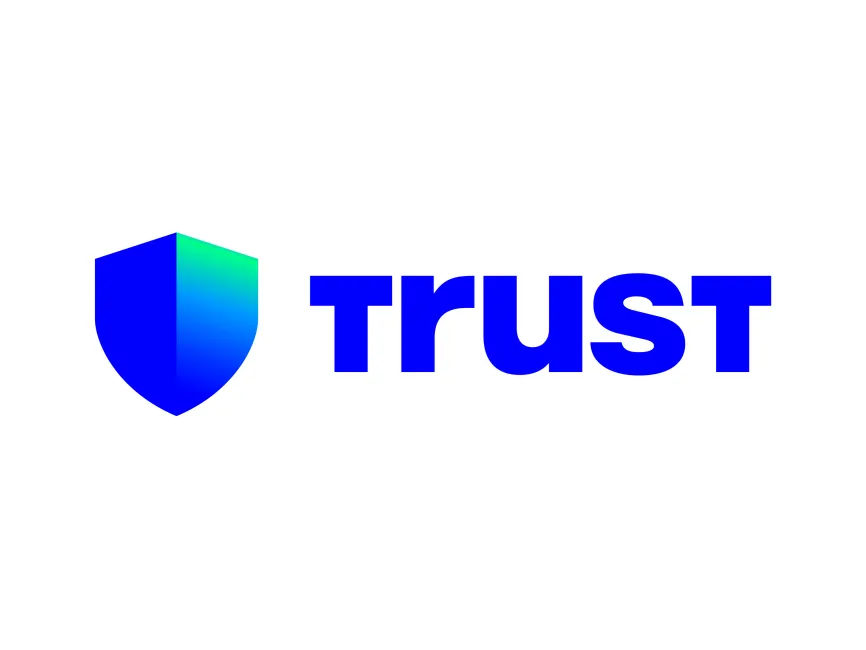04 May Why Managing Your Crypto Portfolio with a Browser Extension Feels Like a Game Changer
Ever get that weird feeling where juggling multiple crypto wallets feels like spinning plates in a circus? Yeah, me too. Seriously, it’s exhausting keeping track of different assets across chains, wallets, and apps. Something felt off about the whole process—like I was missing a trick, or maybe just a better tool.
So, I started poking around for a way to sync my wallets seamlessly, especially within my browser. The idea? To have a dashboard that doesn’t make me want to pull my hair out every time I want to check my DeFi positions or rebalance my portfolio. Turns out, browser extensions have evolved beyond just nifty add-ons. They’re actually becoming powerful portfolio managers.
Here’s the thing. At first, I thought extensions were clunky, insecure, or just a gimmick—something you might use for convenience but not for serious asset management. But then, after spending some time tinkering with options, I realized they offer a surprisingly smooth bridge between wallet security and portfolio visibility. Especially when you dive into multi-chain setups—where things can get very very complicated, very fast.
Okay, so check this out—imagine having your wallet synchronized across devices and chain networks without jumping through hoops every time you want to check your balances or interact with DeFi apps. That’s exactly what a good browser extension can do. It’s like having a personal crypto assistant that never sleeps.
But wait, it gets better. Managing a portfolio isn’t just about seeing numbers; it’s about real-time updates, transaction history, and seamless interaction with decentralized exchanges. And yes, sometimes my gut says, “Is this safe?” because browser extensions have had their share of security issues. Still, with the right choice, you can mitigate those risks.

Why Wallet Synchronization Matters More Than You Think
Initially, I figured wallet synchronization was just a convenience feature—nice, but not a deal breaker. Actually, wait—let me rephrase that. It’s more than convenience; it’s about control and clarity. On one hand, having all your wallets scattered means you’re always playing catch-up. Though actually, when you use an extension that syncs everything in one place, it’s like lifting a fog.
Trust me, if you’re into DeFi, you know how fast things move. Missing a timely swap or staking opportunity because you’re buried in wallet tabs is frustrating. That’s why extensions that sync wallets and show consolidated portfolio data in your browser are gaining traction. They deliver instant insight without needing to open multiple apps or refresh 10 different tabs.
And, I’ll be honest—sometimes I worry about putting all my eggs in one basket (or extension). But the key is choosing a wallet extension with a solid reputation and open-source code, so you can peek under the hood if you want. For example, the trust wallet extension offers multi-chain support with a user-friendly interface that’s both robust and intuitive.
Plus, syncing wallets means your portfolio updates automatically, reflecting changes from various blockchains. No more manual input errors or delays. This synchronization is a game changer, especially if you’re managing assets on Ethereum, Binance Smart Chain, Polygon, and more.
Sure, some might say using browser extensions adds a layer of risk. But with proper security measures—like hardware wallet integration and careful permission management—that risk drops significantly. Not perfect, but manageable.
Browser Extensions: The Unsung Heroes of DeFi Access
Browser extensions have historically been underestimated, kind of like the overlooked middle child of crypto tools. But these days, they’re pivotal for anyone serious about DeFi. Why? Because they let you interact with decentralized apps directly—no extra software, no clunky interfaces.
My first experience with a crypto browser extension was mixed. I was hesitant, unsure if it was really safe to connect to unfamiliar sites. But after testing and repeated use, I saw how they streamline the entire process. Buying, swapping, staking—right there in the browser, almost effortless.
It’s honestly a bit like having a Swiss army knife in your pocket. You can manage your portfolio, send transactions, and even participate in governance polls without ever leaving your browser. The quality of UX in extensions like trust wallet has improved dramatically, with clear interfaces and helpful notifications.
Oh, and by the way, many extensions now support hardware wallet integration, which was a huge selling point for me. Combining the convenience of a browser tool with the security of a hardware device? That’s the sweet spot.
Of course, extensions are not flawless. Sometimes transactions take longer, or you encounter bugs. But the tradeoff between ease of use and security feels worth it for day-to-day portfolio management. Plus, updates keep coming fast, which shows the teams behind them are listening.
Personal Experience: Juggling Multi-Chain Assets Without Losing My Mind
Managing multi-chain assets used to be a nightmare. I’d constantly forget which wallet held what, or worse, accidentally sent tokens to the wrong address. Yikes. But ever since I started using a browser extension with wallet sync, it’s like a weight lifted off my shoulders.
For example, the trust wallet extension lets me see my entire portfolio across Ethereum, Binance Smart Chain, and Polygon in one place. No more switching between apps or scanning QR codes just to confirm balances.
Still, I won’t pretend it’s perfect. Sometimes I wish the interface was a bit more customizable, or that notifications were less frequent (they can get annoying). But overall, it’s a massive improvement over the chaos I dealt with before.
One time, I almost missed a staking opportunity because I wasn’t checking all my wallets regularly. Now, with synced notifications and portfolio tracking, I catch these chances early. It feels like having a crypto concierge on standby.
Honestly, this part bugs me a little: why did it take so long for these tools to get this good? The crypto space is fast-moving, and having to piece together my portfolio was a real drag. Glad that’s behind me.
Final Thoughts: Should You Trust a Browser Extension?
So, should you trust a browser extension with your crypto portfolio? My instinct says, cautiously yes. Not blindly, but with research and good security hygiene. Browser extensions now offer a blend of accessibility, multi-chain support, and real-time portfolio management that’s hard to beat.
Personally, I’m biased towards tools that have both a strong community and transparent development, like the trust wallet extension. It’s not perfect, but it’s reliable and keeps improving.
At the end of the day, managing crypto should be empowering, not overwhelming. If a browser extension helps you stay organized, react faster, and keep your assets safer, why not give it a shot? Just remember—always back up your keys, double-check permissions, and never share sensitive info.
Anyway, that’s my two cents. I’m still learning, still tweaking my setup, and definitely still cautious. But having a synced wallet portfolio right in my browser? That’s a game changer I didn’t know I needed.



Sorry, the comment form is closed at this time.